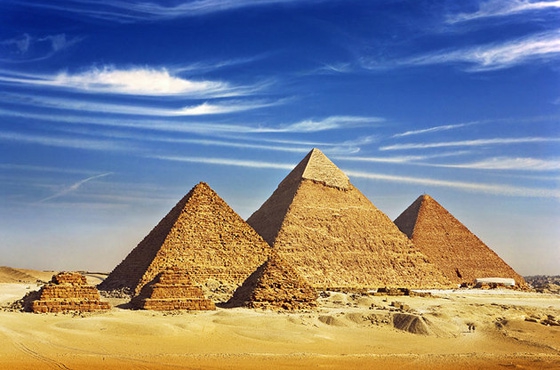Egypt’s tourism sector has had a difficult few years, but a mix of initiatives from the government, including a new funding strategy and relaxed flight restrictions, could pave the way to recovery.
Reopening routes
Following the downing of a commercial Russian carrier over the Sinai Peninsula in October 2015, Egypt saw visitor arrivals drop by 40% to 4.8m in 2016, according to the Central Agency for Public Mobilisation and Statistics (CAPMAS). The government agency attributed much of the decrease in traffic to a ban on direct flights between Russia and Egypt, imposed by Moscow immediately after the incident.
While the restriction has remained in place longer than hoped, there are signs it could end in the near future.
Russian President Vladimir Putin expressed a desire to resume direct air connections in a telephone conversation with his Egyptian counterpart, President Abdel Fattah El Sisi in December, according to President El Sisi’s office; while Russian media reports have suggested direct flights to Egypt could restart as early as the first quarter, pending a re-assessment of airport security.
In another positive step for the industry, a Russian consulate in the Red Sea resort town of Hurghada became fully operational last month.
“I am very optimistic about the return of Russian tourism within a month, as all tourist facilities are ready to serve our tourists,” Sergey Kirpichenko, Russia’s ambassador to Egypt, told media at the opening of the consulate.
Relaxing restrictions
Last year also saw a drop in arrivals from other key markets, including the UK and Germany, which together with Russia had accounted for roughly 40% of arrivals during peak seasons prior to October 2015, Yehia Rashed, minister of tourism, told local media at the end of last year. According to Ministry of Tourism figures, roughly 300,000 UK nationals visited Egypt in 2016, down from 870,000 the previous year.
German authorities lifted their last restriction on flights to Sharm El Sheikh and South Sinai last month, although the UK has maintained them.
Government strategies
One initiative aimed at bolstering the sector was announced at the end of December by the Central Bank of Egypt (CBE), which will make LE5bn ($271.5m) available in funding for the upgrade of hotels, resorts and other tourism facilities.
Loans will be disbursed with an interest rate of 10% and will remain interest free until 2018. Eligible beneficiaries will be selected based on their commitment to the development of their assets, as well as the broader impact their prospective works will have on the tourism industry.
The fund’s launch has been broadly welcomed by industry players, who have had limited access to credit since the 2011 revolution.
With credit becoming more readily available, some stakeholders believe the time is ripe to promote a more positive image of Egypt abroad.
“This is an important time for the tourism sector to contribute to the Egyptian economy. With companies now investing in long-term development, it is also important to work on improving the image of Egypt abroad,” Nasser Abdelatif, chairman and founder of the Cairo Group, told OBG.
Still a key sector
While Egypt has faced post-revolution instability, tourism is still a crucial part of the economy. The sector’s total contribution to GDP stood at 11.4% in 2015, a figure that was expected to rise by 1% in 2016, according to the World Travel & Tourism Council (WTTC).
Visitor exports totaled LE57.5bn ($3.1bn) in 2015, with the WTTC predicting this would fall by 4% in 2016 before rising by 6.5% per year to LE103.7bn ($5.6bn) by 2026.
Lower prices could help put Egypt back on the tourism map. The CBE floated the Egyptian pound in November, triggering a 48% depreciation. While this has negative short-term implications for local purchasing power, it has made the country a more affordable destination for foreign travelers.
Oxford Business Group
8 March






















































